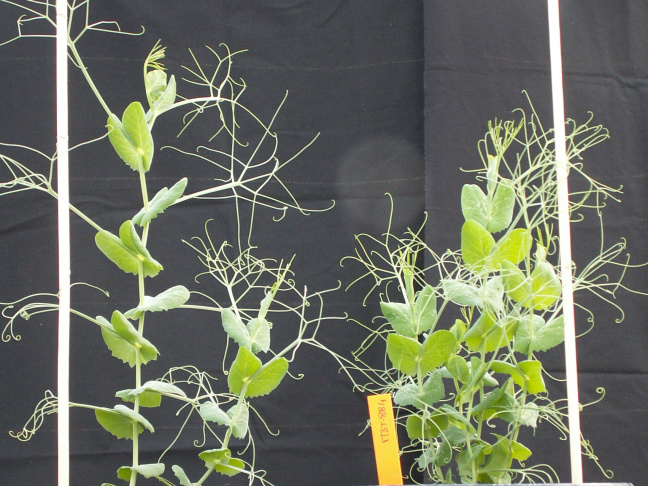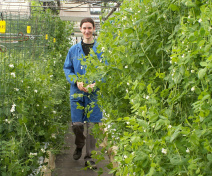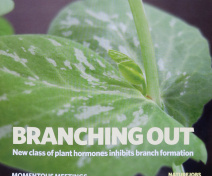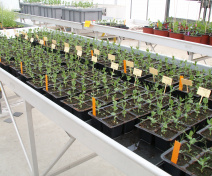I am a senior INRAE scientist at IJPB and I have been interested for more than 20 years in genes and hormones regulating plant architecture (flowering, branching) which led me to focus on strigolactones, the latest class of plant hormones discovered.
I lead the CORAM (Control of shoot branching) team at IJPB and am author of about 50 publications on the control of branching and flowering in pea (Pisum sativum) and on strigolactones. More recently, the role of strigolactones in the rhizosphere, in particular as a germination stimulant for parasitic plants, led me to propose a new research project on plant-plant interactions.
Bio sketch
After obtaining a Master degree and Engineer diploma in Rennes with a specialization in Plant Production and Plant Improvement (1983), I did a thesis at INRA in Fréjus and Montpellier on ornamental plants. In 1987, I was recruited at the Station of Genetics and Plant Improvement (SGAP) of INRA of Versailles on the Asparagus breeding program which aimed at the creation of F1 hybrids entirely male. In 1990, with the reorientation of SGAP's research themes and the arrival of the Arabidopsis model, I started to develop a new research programme on plant architecture in pea.
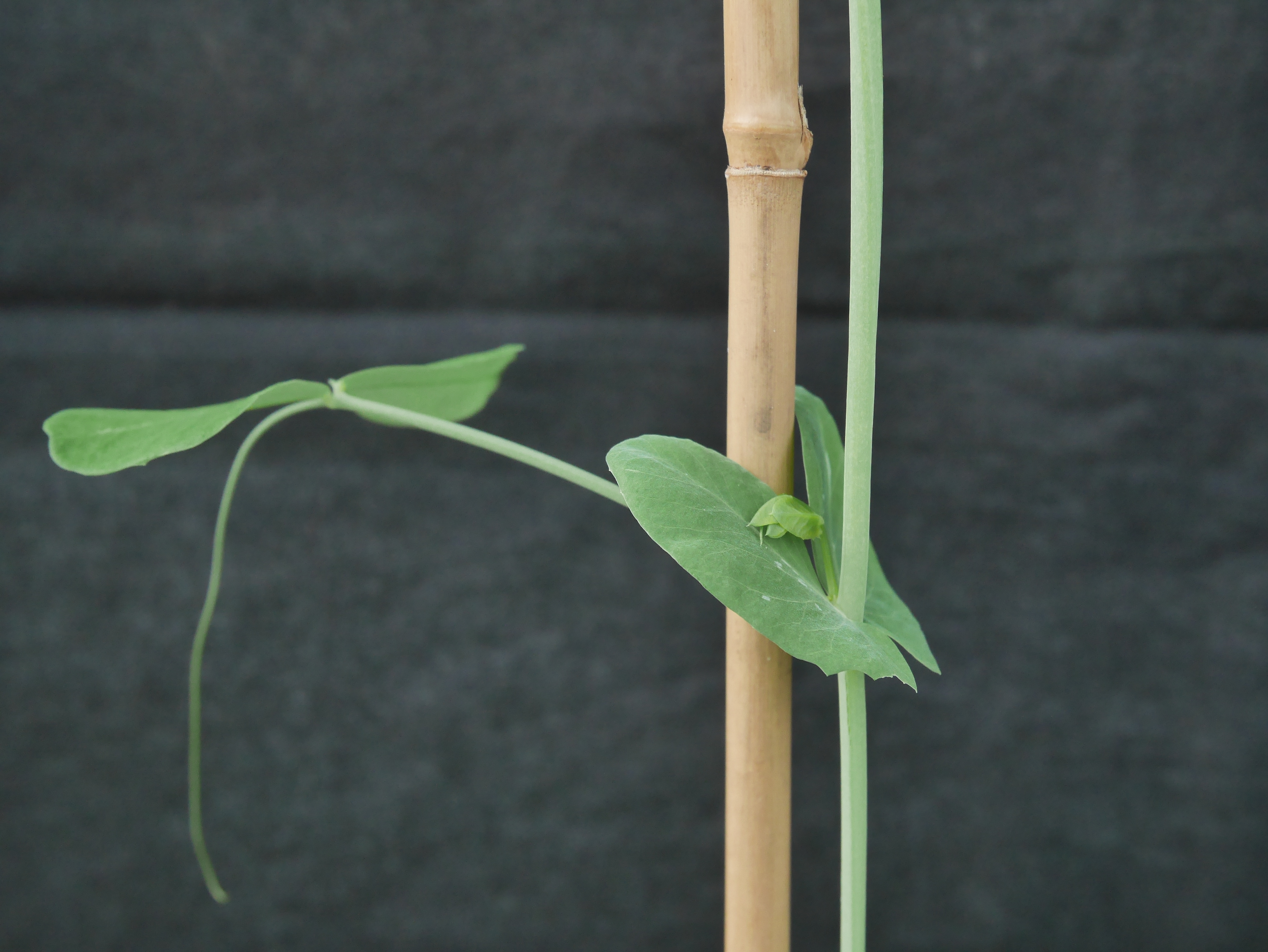
Scientific interest
My research objective was first the identification and characterization of genes and long-distance signals involved in the control of shoot branching using genetic and physiological approaches (grafts, hormone applications...) for which pea is particularly well suited, thanks to its very simple architecture. This work was based on a large collection of highly-branched pea mutants named ramosus mutants (rms) and was conducted in close collaboration with Christine Beveridge's group (University of Queensland, Brisbane).
I am currently interested in the evolution of the function and signalling pathways of strigolactones as a plant hormone (using the moss Physcomitrella patens) and as a major signal of the rhizosphere (roles in the establishment of arbuscular mycorrhizal symbiosis and as a stimulant for parasitic plant germination).
Currently, I am starting a new project whose objective is to identify the genetic basis of plant-plant interactions due to the exudation in the rhizosphere of specialized metabolites, a phenomenon also called allelopathy, using the Arabidopsis model.
Bio sketch
After obtaining a Master degree and Engineer diploma in Rennes with a specialization in Plant Production and Plant Improvement (1983), I did a thesis at INRA in Fréjus and Montpellier on ornamental plants. In 1987, I was recruited at the Station of Genetics and Plant Improvement (SGAP) of INRA of Versailles on the Asparagus breeding program which aimed at the creation of F1 hybrids entirely male. In 1990, with the reorientation of SGAP's research themes and the arrival of the Arabidopsis model, I started to develop a new research programme on plant architecture in pea.
Scientific interest
My research objective was first the identification and characterization of genes and long-distance signals involved in the control of shoot branching using genetic and physiological approaches (grafts, hormone applications...) for which pea is particularly well suited, thanks to its very simple architecture. This work was based on a large collection of highly-branched pea mutants named ramosus mutants (rms) and was conducted in close collaboration with Christine Beveridge's group (University of Queensland, Brisbane).
I am currently interested in the evolution of the function and signalling pathways of strigolactones as a plant hormone (using the moss Physcomitrella patens) and as a major signal of the rhizosphere (roles in the establishment of arbuscular mycorrhizal symbiosis and as a stimulant for parasitic plant germination).
Currently, I am starting a new project whose objective is to identify the genetic basis of plant-plant interactions due to the exudation in the rhizosphere of specialized metabolites, a phenomenon also called allelopathy, using the Arabidopsis model.
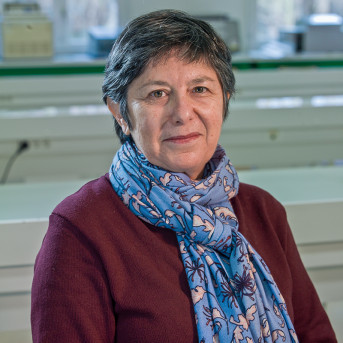
Contacts
Branching Control in PlantsTél : 0130833183
